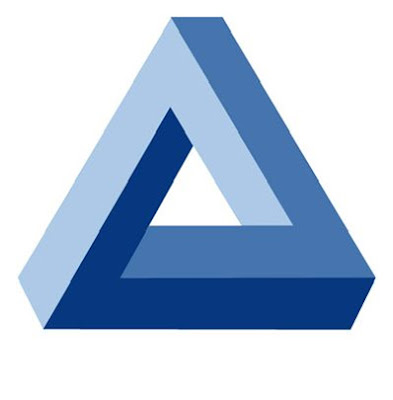Women of the world: think of yourself as a box. LGM has the video.
Are you surprised that Catholics might think of you as some kind of holy receptacle? Hope not.
This is an argument I’ve heard a few times: if there’s even a chance that life starts at conception (whatever that means), then we should err on the side of caution and prohibit abortion. My answer is: who are we taking care of here? A fetus that might be alive, or a real woman who is alive, and whose quality of life will be messed with by forced childbirth?
But there’s something else to add to the equation that I haven’t yet heard. My work in machine learning deals a lot with probabilities. I use computer algorithms to classify text, and I hope the computer sorts the text into the right bins. But I don’t just want to know what answer an algorithm gives me. I also want to know how likely that answer is to be right. It’s not enough to say what might somehow be possible. I want to know some likelihoods. So let’s add that into the mix: how likely are the various parties to be right?
The pro-choice side: Claims that women are alive. Pretty good evidence for this. Very likely to be correct.
The pro-life side: Claims that there’s a chance that a just-conceived fetus might be alive as a separate being, like you’re alive. I suppose there might be a small chance. But how often have religions been right before? Well, let’s just say they don’t have a great track record. They’ve gotten so many things wrong, including heliocentrism, evolution, the age of the earth, language, geography, astronomy, and more. And they get things wrong because of their methods. They start from beliefs, and ignore contradicting evidence. And it’s all true if you feel it’s true. Why should they be right this time, when their methods haven’t improved in thousands of years? So while it’s good to be cautious in uncertain conditions, we have to take into account the likelihood that our caution is justified in view of the expense to real live people.
This ‘just in case’ argument is convincing to some people because of the minimax principle. Because humans are usually risk averse, we try to avoid bad outcomes rather than go for good outcomes. This argument takes advantage of uncertainty, in the interest of a socio-political agenda. And so, as always, religions find and exploit our congitive blind spots.




Recent Comments